|
Pulling weeds has become one of the most exciting horticultural spaces for me in recent years. In many ways, to practice weed pulling takes one "off the grid" because you are, with your body's hands, eyes, and knees, working at an interface between "nature" and the human made world and landscape. At the end of the day, weeds, define them as you wish, are wild and rogue biological entities that show up in garden and landscape spaces we are trying to control and manage. Caitlin that works with us took slight offense last season when a client of ours dropped the comment, "People don't need to go to college to pull weeds," which in many ways began my thinking on "weeding." And recently, with the work we have been doing at the Buffalo Niagara Medical Campus, weed management and pulling is a major component of thought everyday. And so I've been developing some organization to my thoughts on the matter which hopefully I can get out in the form of this blog spanning several posts (I have a lot of organized thoughts) At its most basic level, to think of weed management, be it in the home Buffalo Garden or on large public and municipal grounds, we should identify what kind of garden we are managing. Most commonly (especially identified with beds of suburban home foundation plantings) we see one kind of weed management to consist of "clearing weeds" - ridding ourselves of all of them - because the purpose of the bed is to curate a collection of plant specimens. In this type of garden, the skill, work, and knowledge is to name each ornamental plant in the collection and then pull out everything that doesn't belong. This is the simplest weeding work, to a point, but only simple at a small scale where manual weed removal is time and cost feasible. Inverted to this is weed management based not on plant collections but on maintaining space - keeping beds from being overrun. This work is a different type of practice and intelligence because "weeding" decisions and management practices are based on identifying "the weeds" not the ornamentals. Aiming to control their spread we must understand how these rogue biological specimens present their threat. When you are trying to minimize cost and time input into your garden you will find that much time will be saved by not removing every last weed and being able to identify what and when something may go to seed, or what will start skipping across and under the soil and quickly take over large spaces - taking over the plants we want to be in the garden. And also, this later perspective, will correspond to planting and design principles that recognize ornamentals as having the ability to "control space," spread, and out compete the weeds for the ecological niches that the soiled spaces our gardens are. I have a number of things left to say on this. Hopefully I will find the time to be able to share more of them. The point of all this thinking for me is that for all of time people have been looking to me for gardens that are "low maintenance," and so I am always pushing in directions to reduce the amount of work and cost in order to have a garden. 4/26/2017 Reclaiming Buffalo's Back LawnsWe have done a number of projects the last three or four years that in their essence reclaim the backyard for houses. Many backyards, like the one at my house, 5 years ago were just abandoned spaces where weed trees had grown in and shaded everything out, or just neglected as a space because a house was a rental, or just flat out vacant. A common sight (site) in former rental properties is where the entire backyard had been turned into a parking lot so multiple tenants could have off street parking. But in a number of quickly growing neighborhoods there is a trend to once again make backyards. We've been removing concrete, adding soil, and making new lawns. Rarely is there a demand for anything fancy, just to simply have a lawn for the kids to play on. It isn't even people looking to have that idea of "a nice lawn," its aim is generally to be clean and safe. And, always we are using sod and not seed; this is cost feasible in the small backyards of the city that may only be one or two thousand square feet. Sod gives and instant cover that the kids can play on almost immediately. It - forcing cut woody floral branches - really started last winter, January of 2016, when Ferncroft shipped in some Quince branches. She gifted me a couple and I set them up in my office window. Quince I was hardly familiar with (my dad once, while teaching a class, made a point to speak of the joy it could bring someone to tear out the plant because it was so hated), but its single blooms were so clear in their purpose that the plant came to mark a new time. I had never forced cut material before, but the idea went back very far for me. Once a staple of Buffalo consumer life, the "Buffalo Home and Garden Show," held at the convention center at the beginning of each March, hosted each year a decorator's show house as its main attraction. Starting in the mid-eighties, we, a consortium of green professions, were asked to create a garden around the house. Now, I was probably 8 years old at the time it was first done, but my dad was involved enough that it was part of my life. And sure, as an eight year old, it was spectacular. In the middle of winter, indoors none the less, plants forced in greenhouses were brought in by the truckload, beds were created, and an entire yard put together in full leaf and bloom in 48 hours time. When the show opened its doors Friday evening, the most phantasmagorical experience was created. Years later, the same consortium of professions left this project behind and in 2001 started their own independent flower and garden show many of you local would recognize by the name "PLANTASIA." The first show in 2001, the display (that won the award for best of show) my friend Deanna and I designed was the last project I did with the family business before Buffalo Horticulture. Although Dee primarily oversaw the plant forcing, again, it was a major project we collaborated on. Buffalo Horticulture did a couple exhibits of its own back in 2005 and 2006. I did the plant forcing at the McKinley High school greenhouse as part of a adult horticulture class I was teaching back in that era. So, now, plant forcing has moved into a new space for me, so-to-speak. On the one hand, its still for show. But it is a different way of showing yourself than the garden shows. Now there is people I share it with as an art almost. There is a conversation around it. I call this "for Liz" as it responds to a post she did on forcing where she most seriously stays clear of "Romance and Narrative." But I aim to show it as just that. There is a spirit in finding branches in your neighborhood - these I foraged from the back of an abandoned church - keeping your eyes peeled, scouting, seeing what is out there. At the same time, building my own garden with the intention of bring material inside. Now, forcing is learning, its experimental, it has a rad edge to it. How much do I know about it? (Shoulder Shrug) Who knows. But. Right now, If you have some Lilac, old VanHouteii Spiraea, or Kwanzan Cherry near, take a minute and make a couple cuts, stick'm in water and put them near a window. When you do it, then you'll know why I think its so "rad." Just simply, its a "way of living," a possibility, and damn...its nice to have flowers around and the intensity the process creates in life makes everything more loving, more careful. |
Matthew DoreLandscape designer and Proprietor of Buffalo Horticulture Archives
April 2020
Categories |
Telephone(716)628.3555
|
|
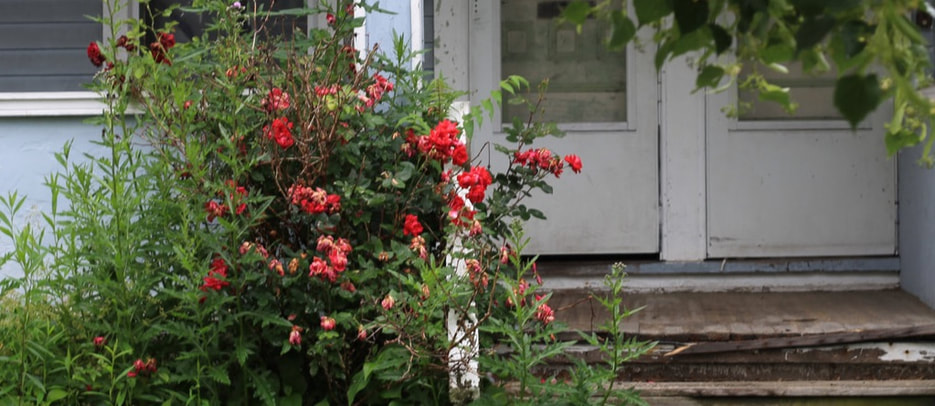
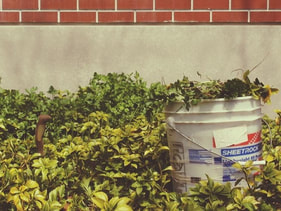
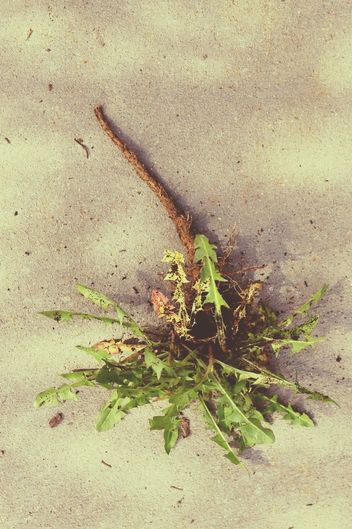
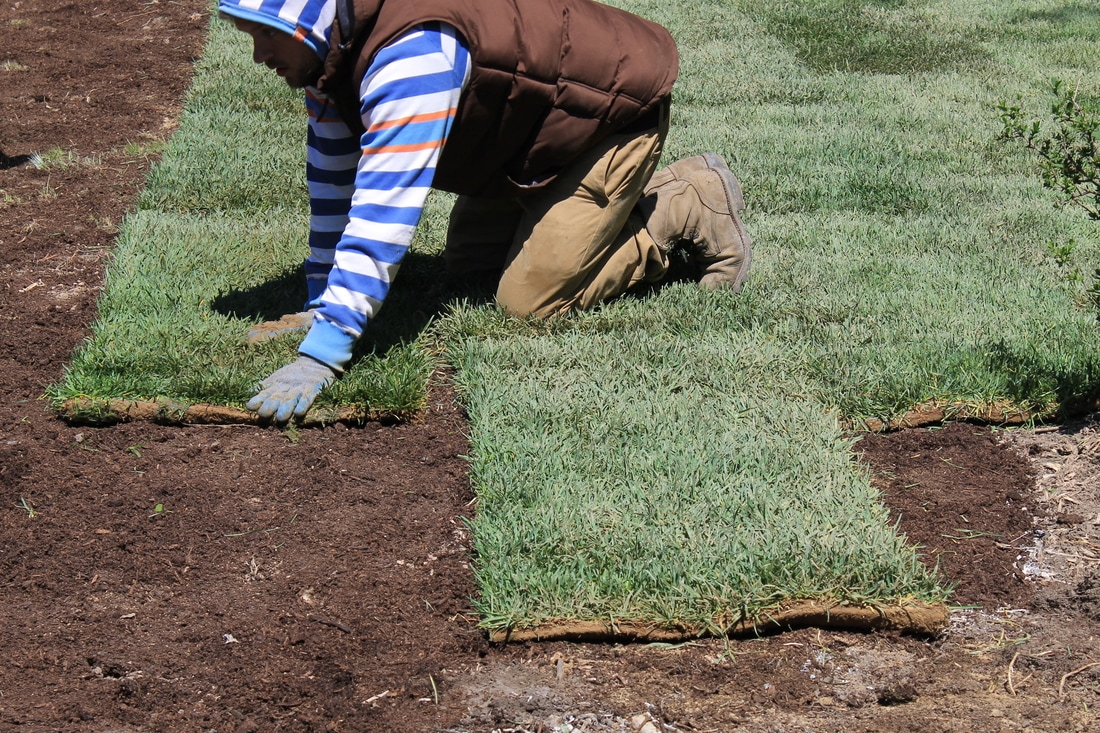
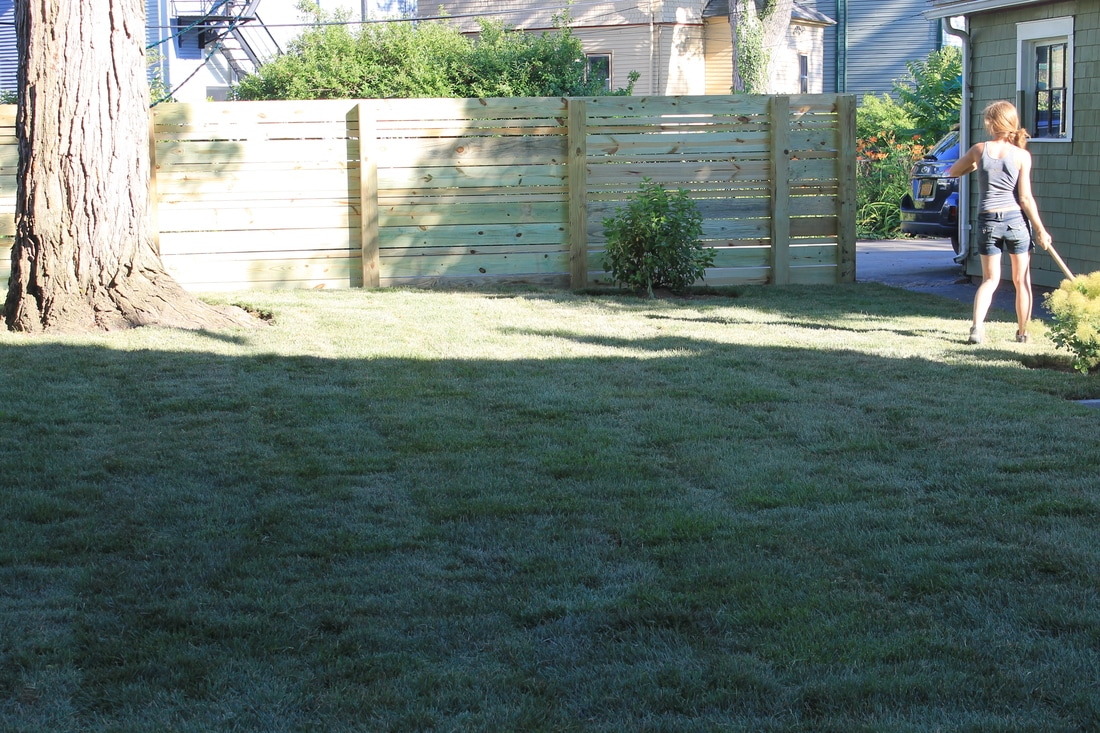
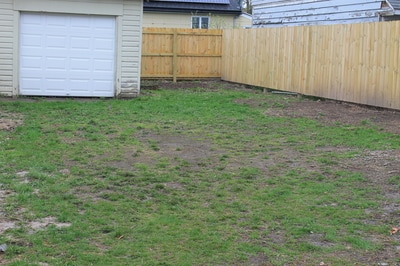
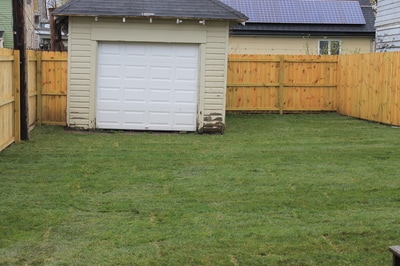
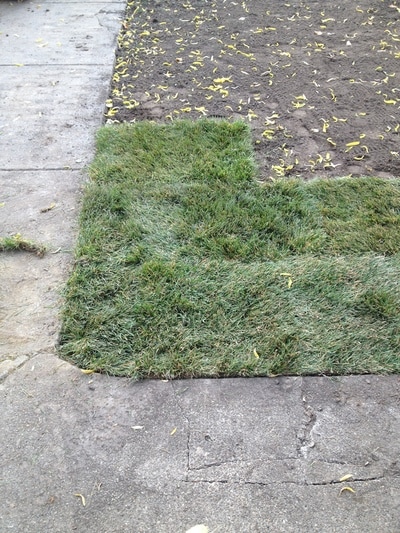
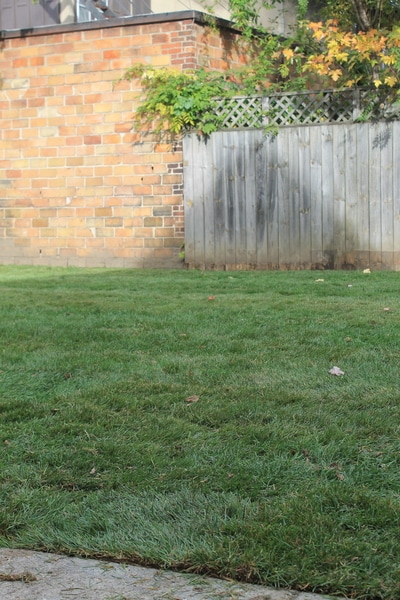
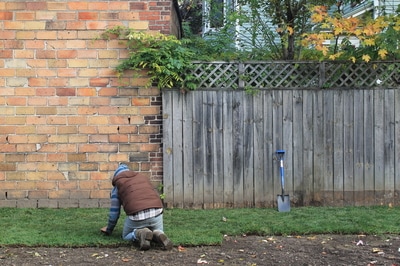
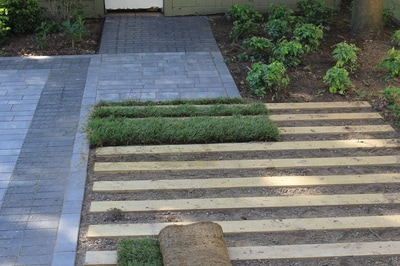
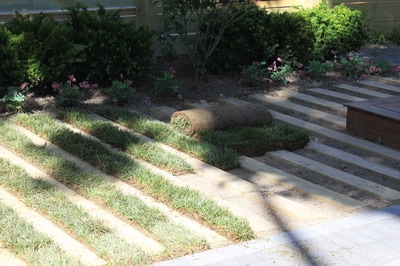
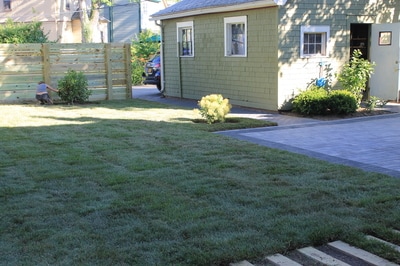
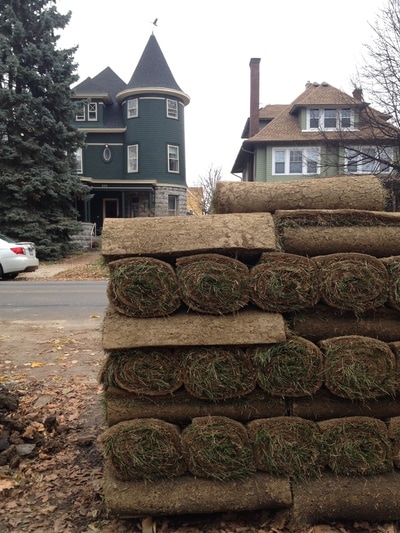
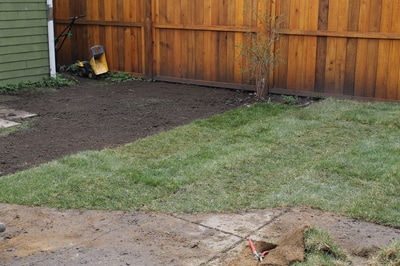
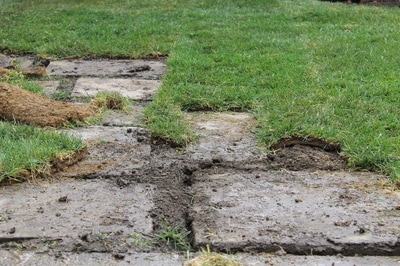
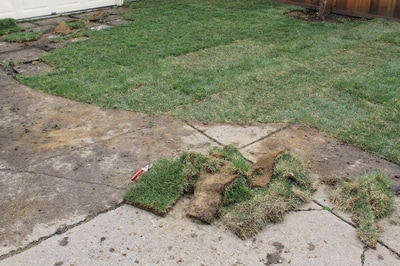
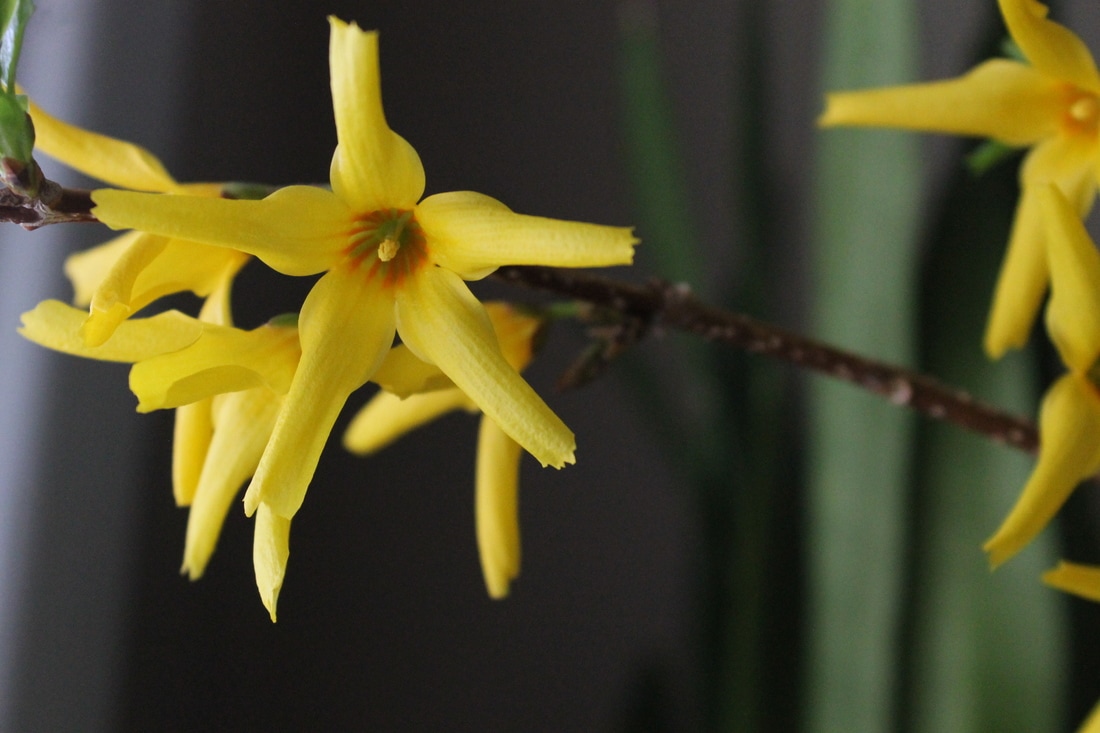
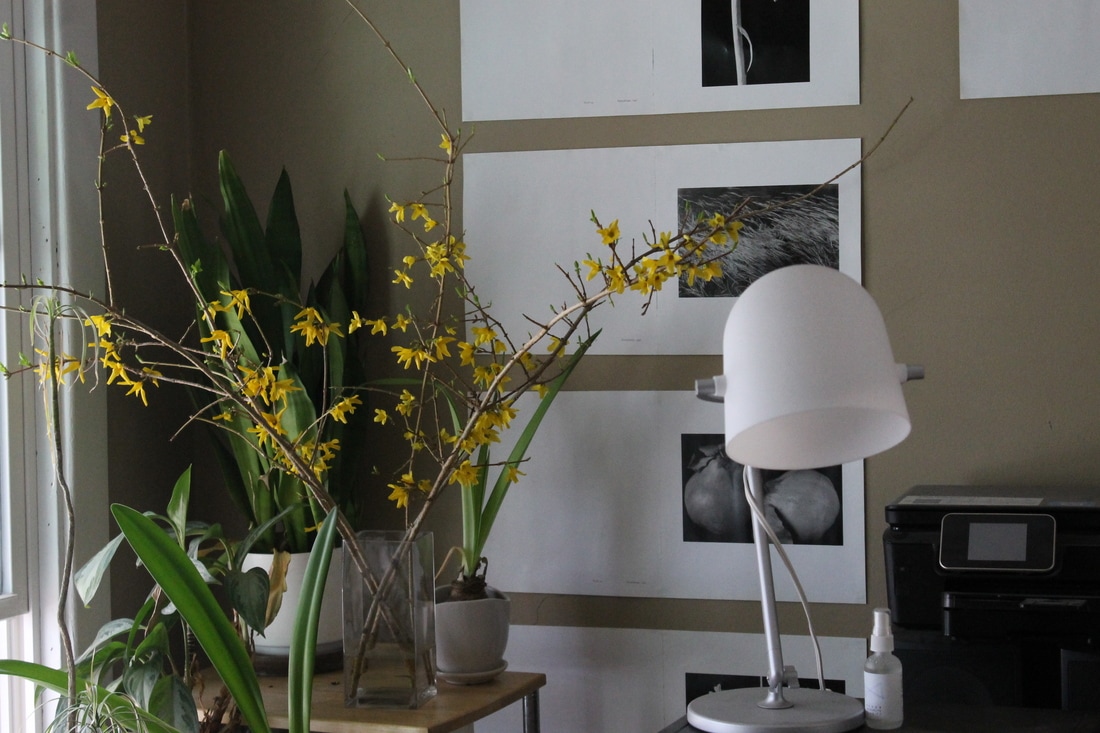
 RSS Feed
RSS Feed